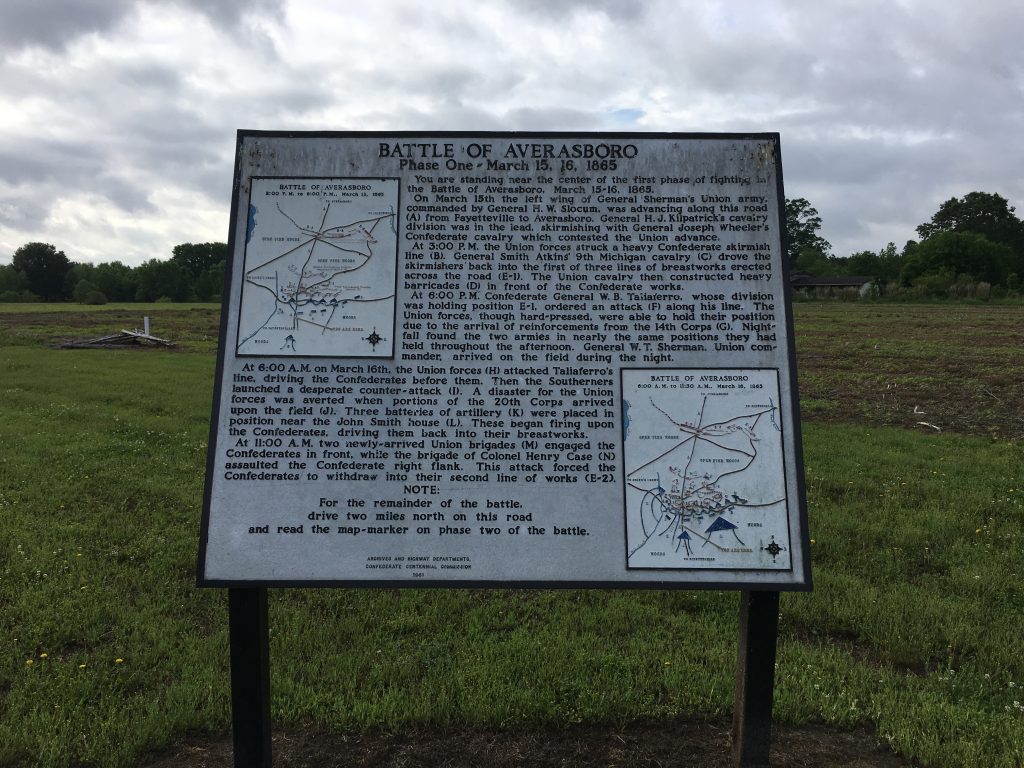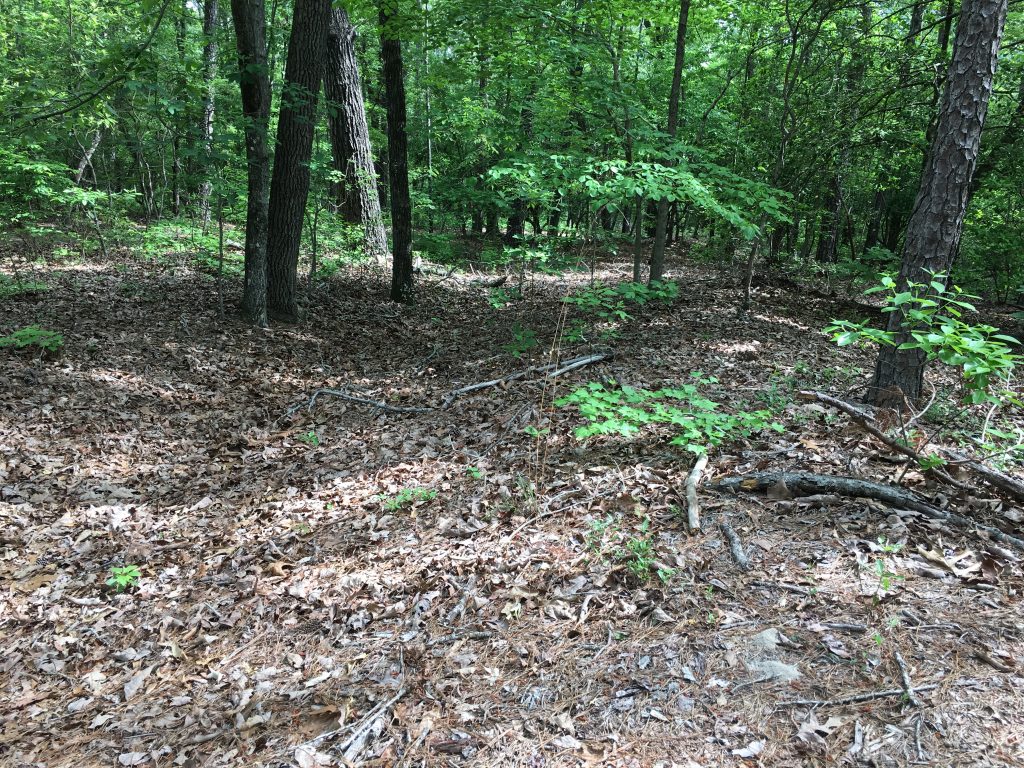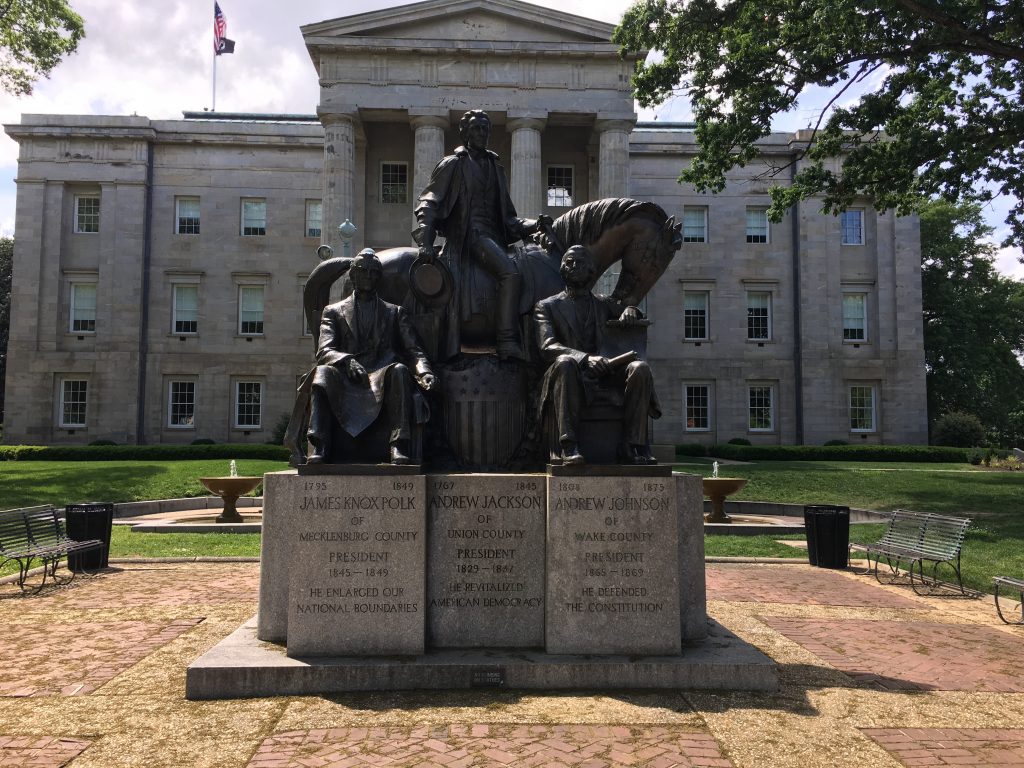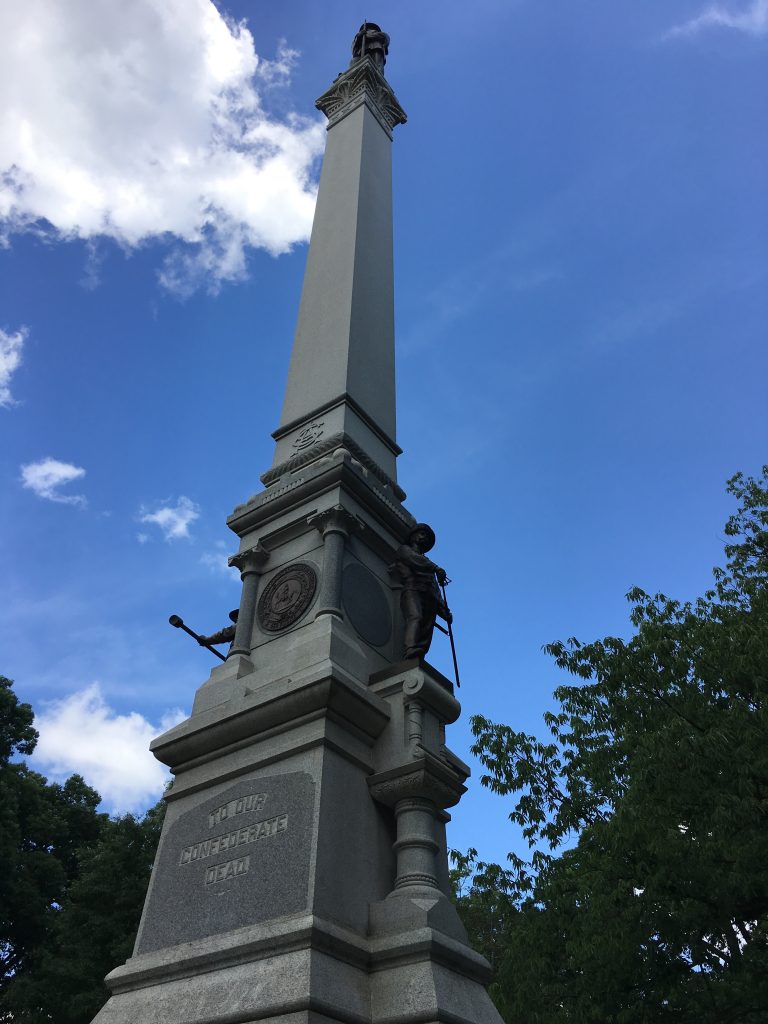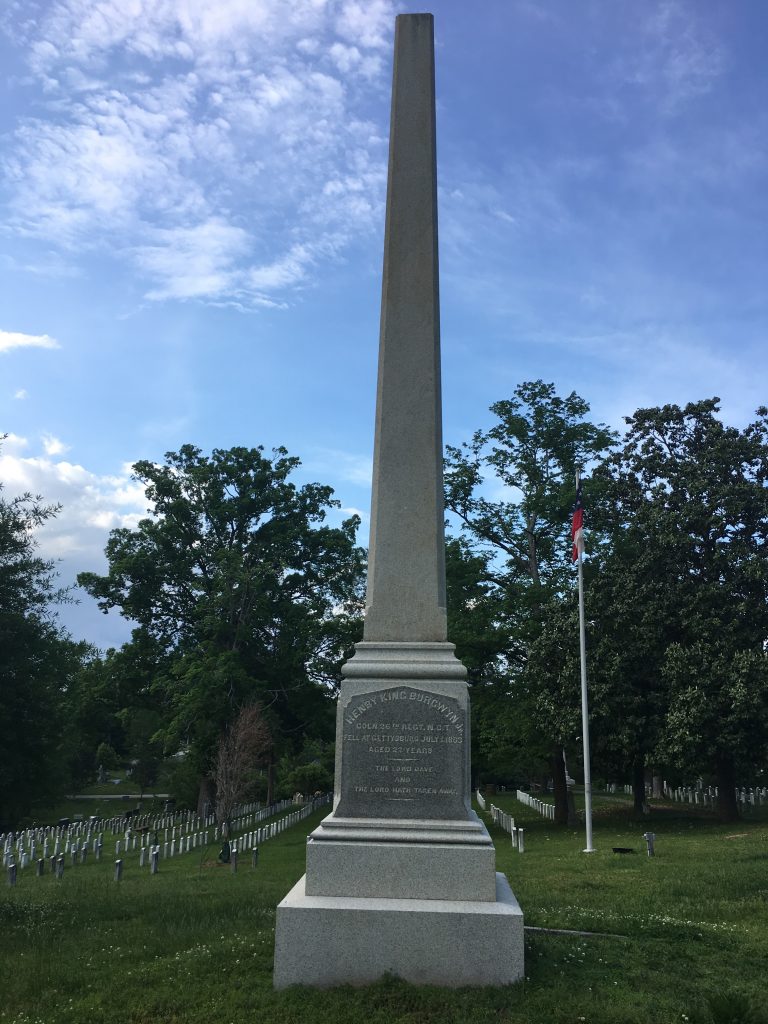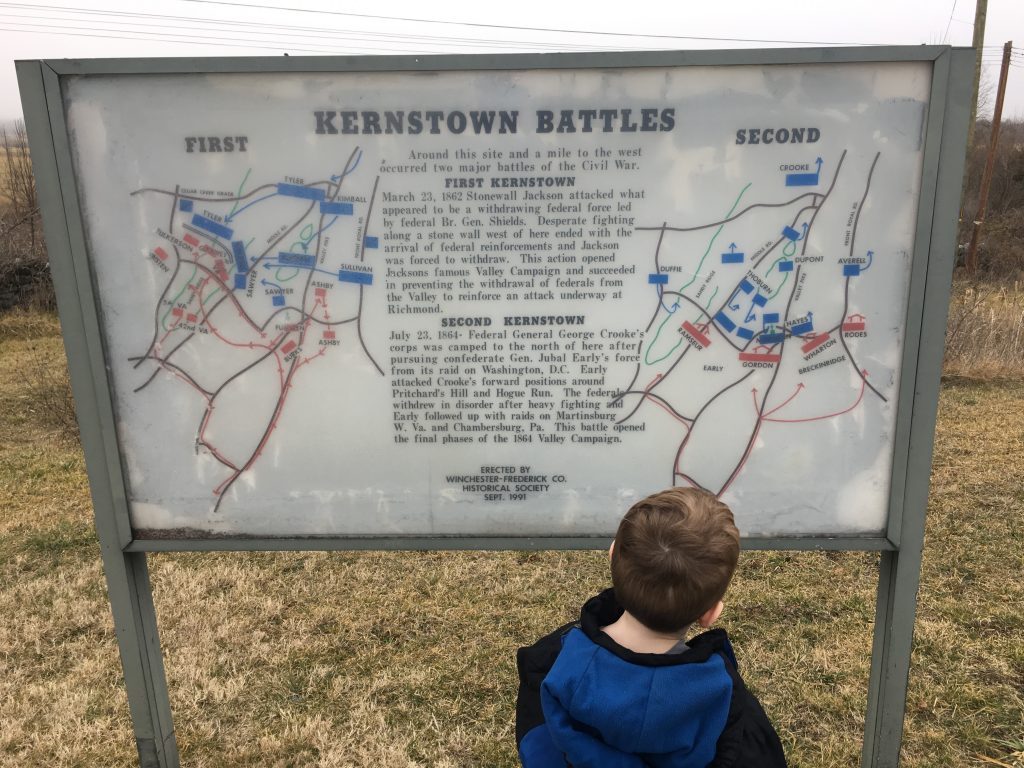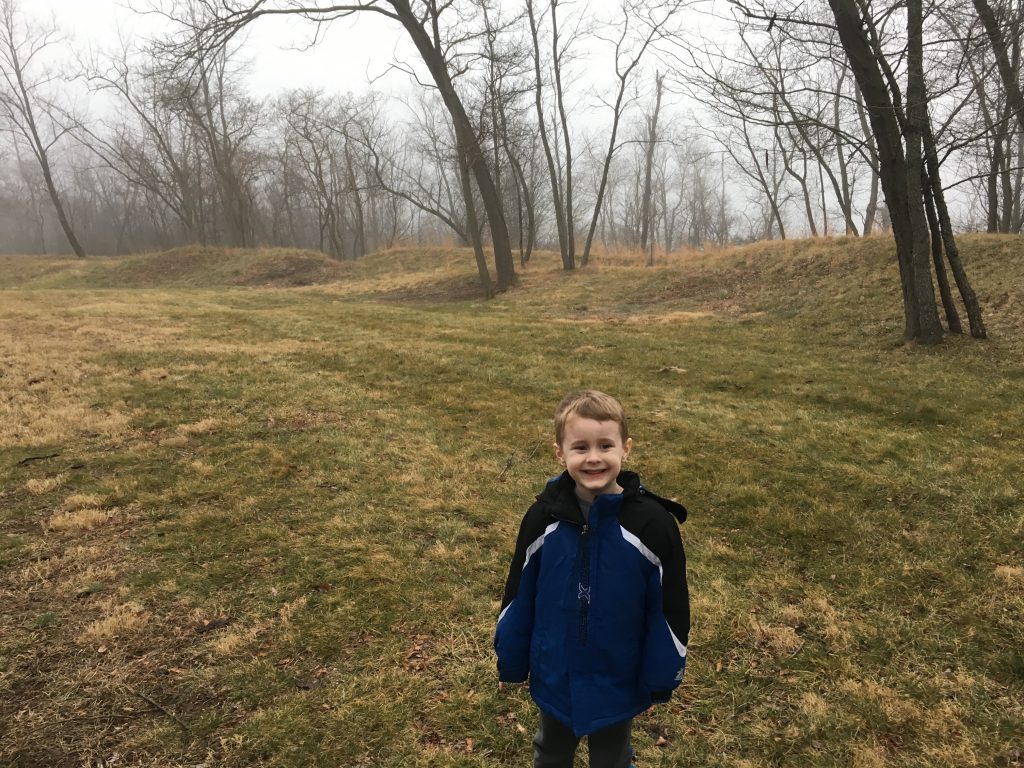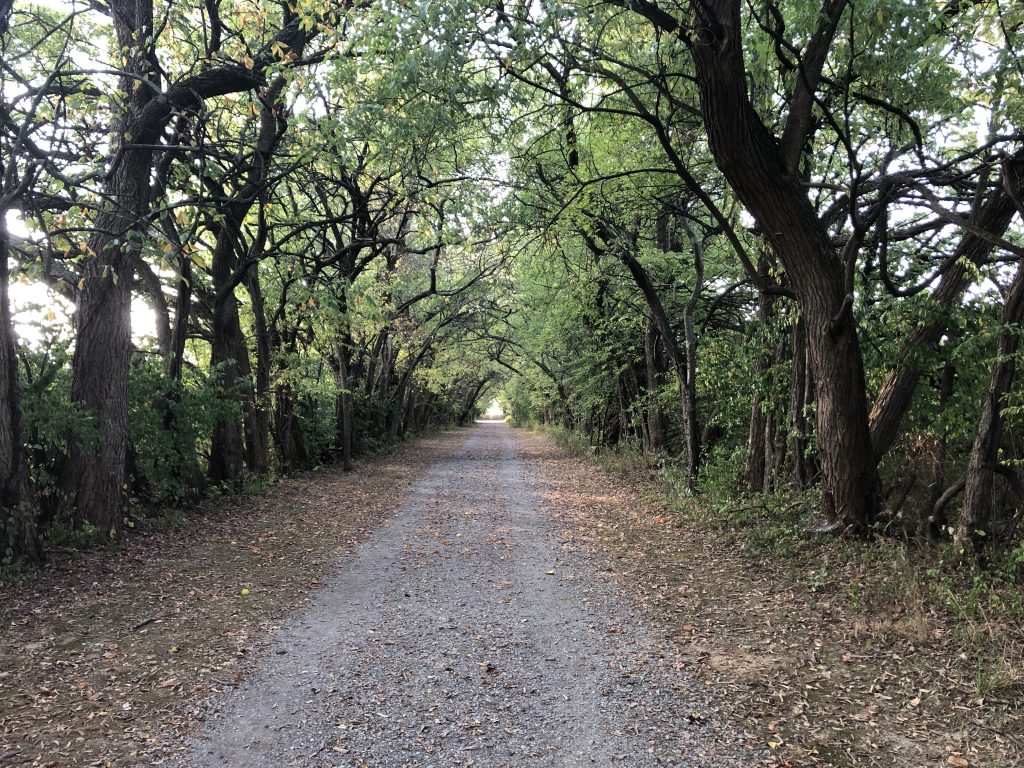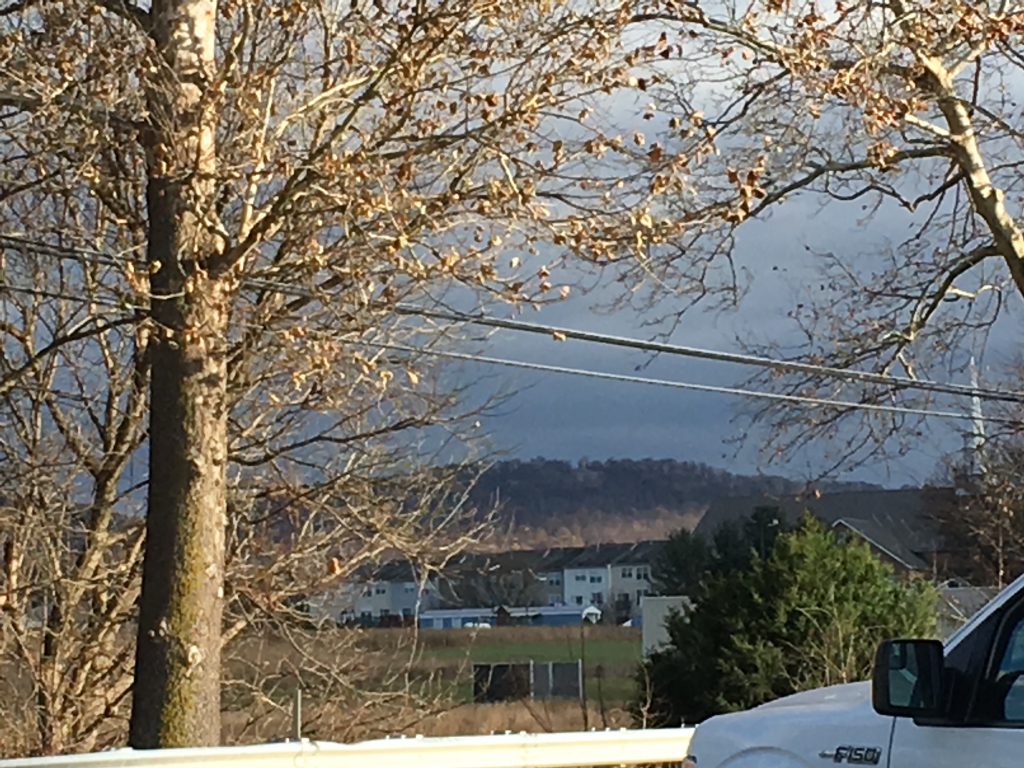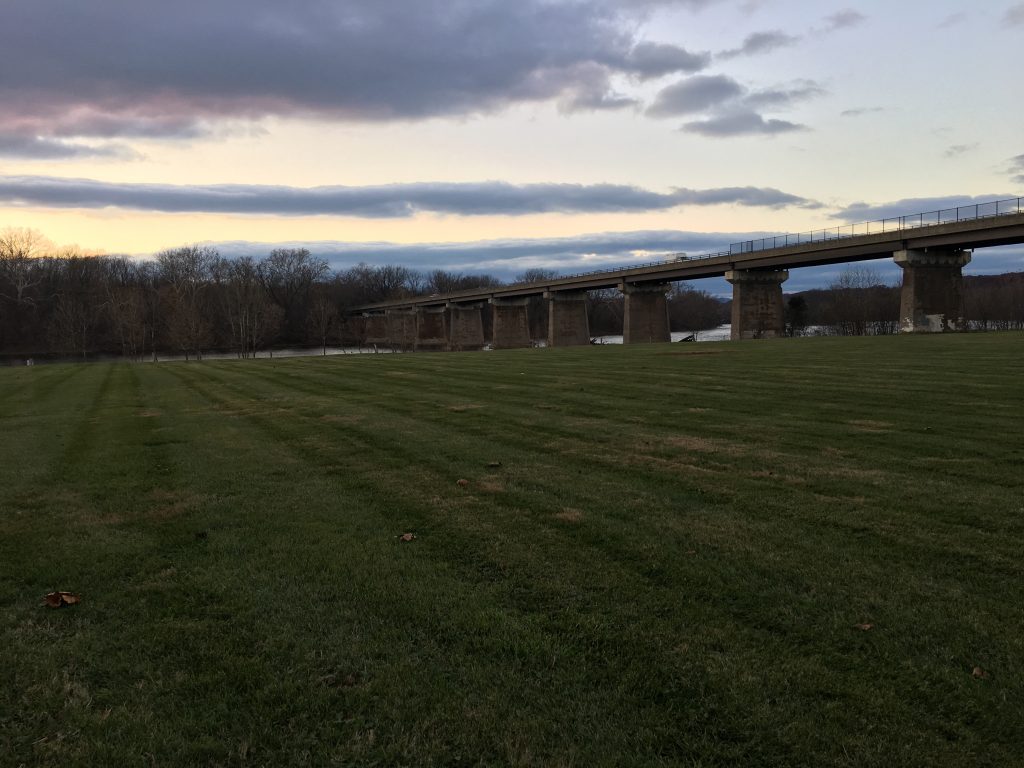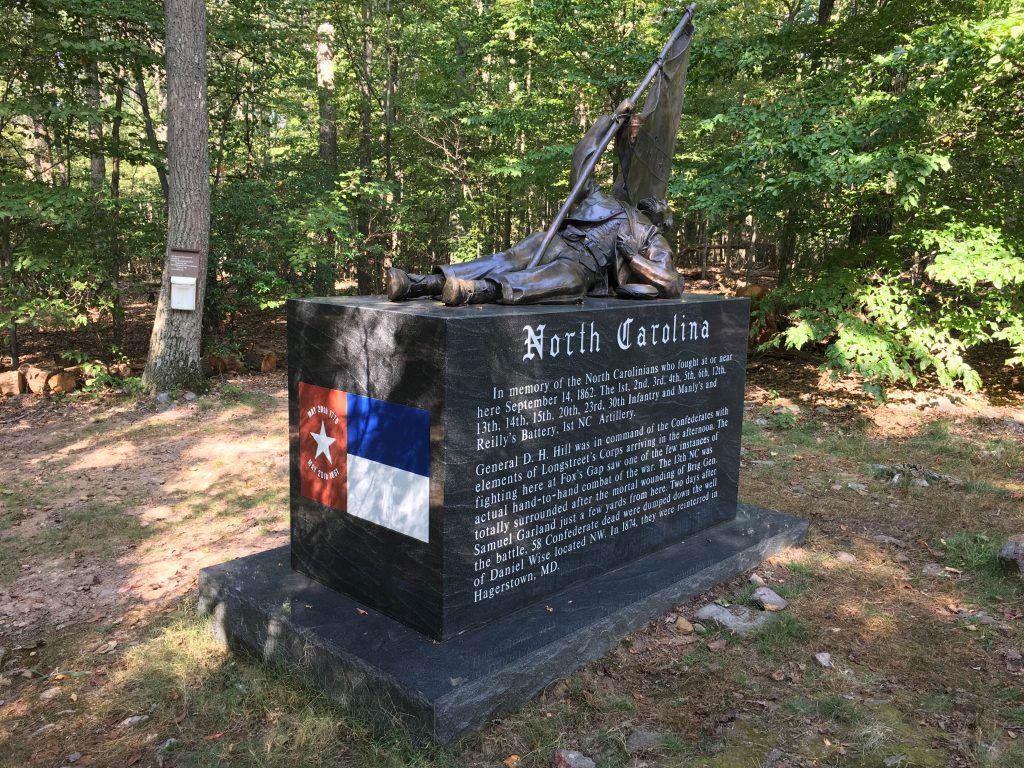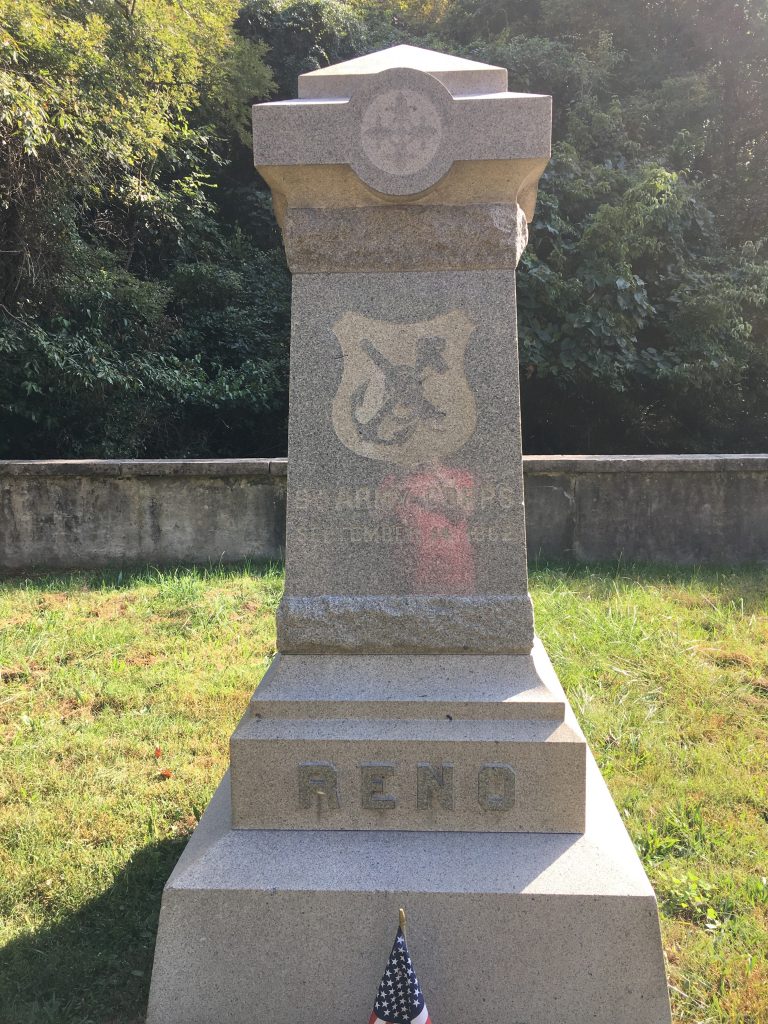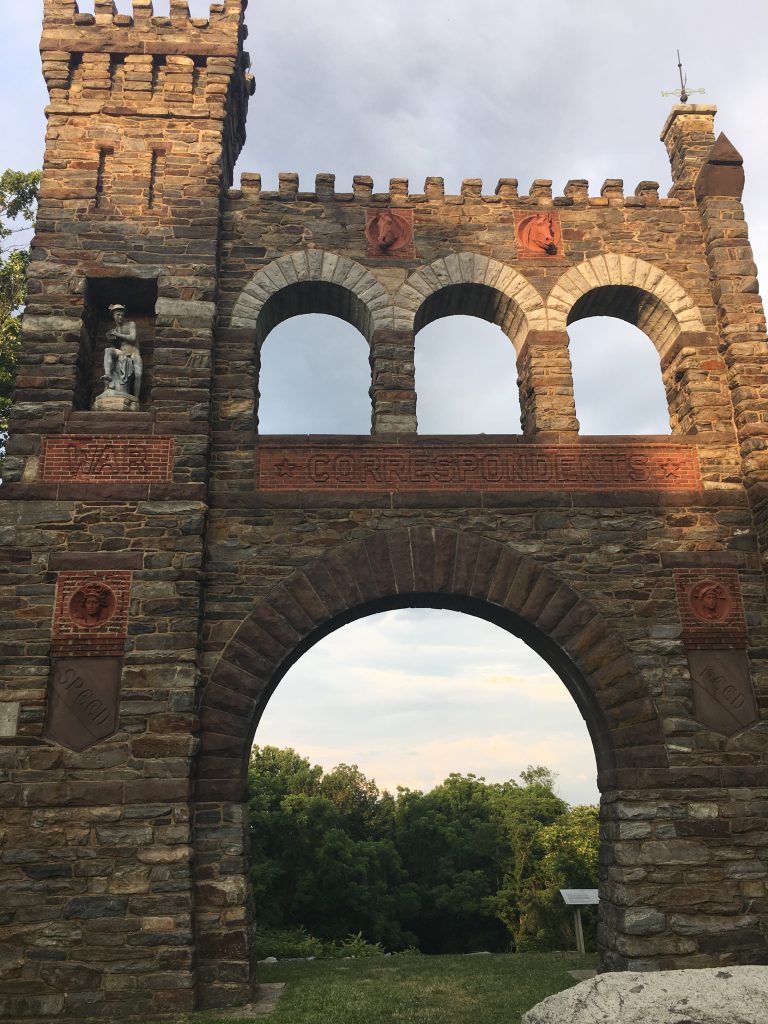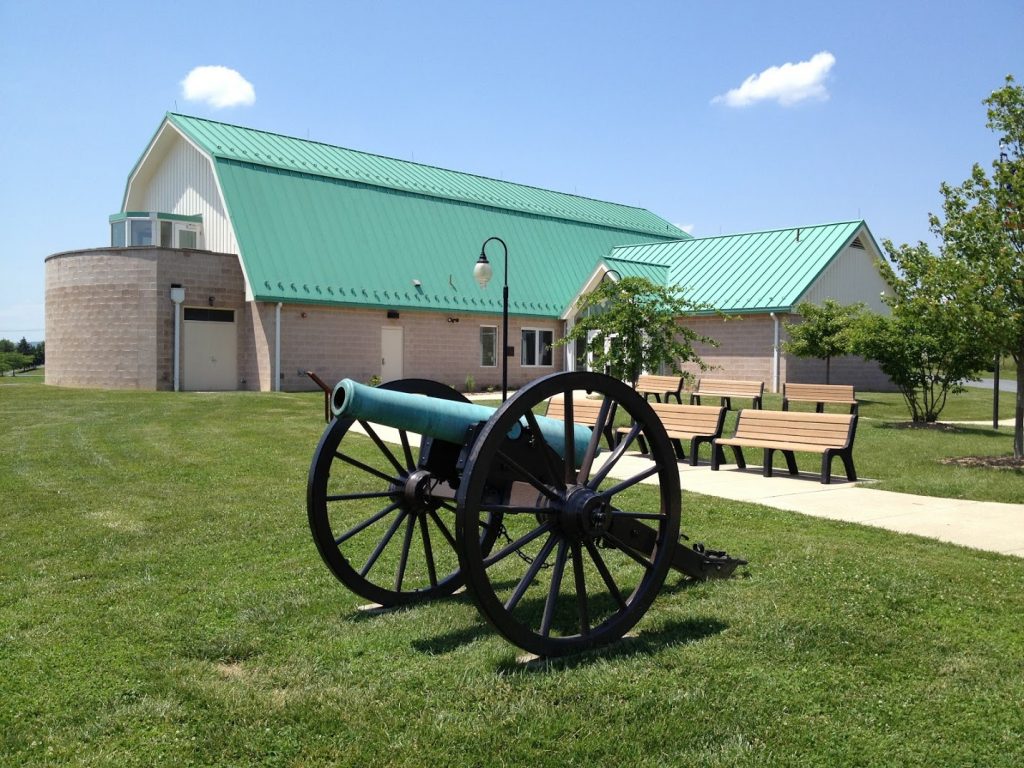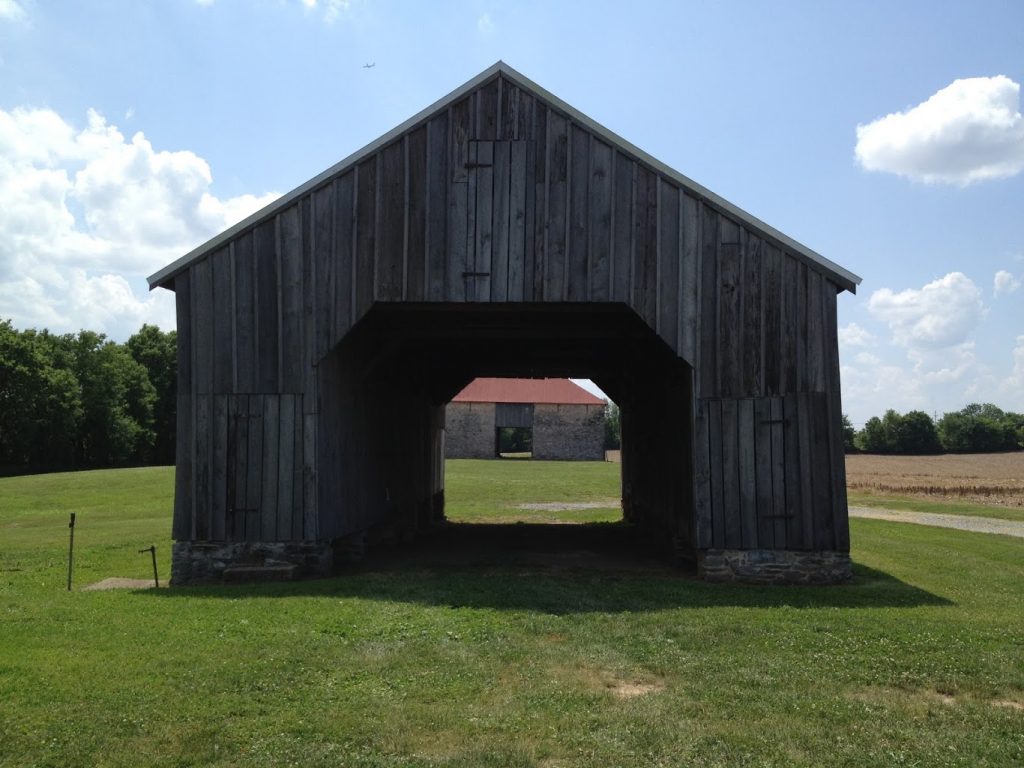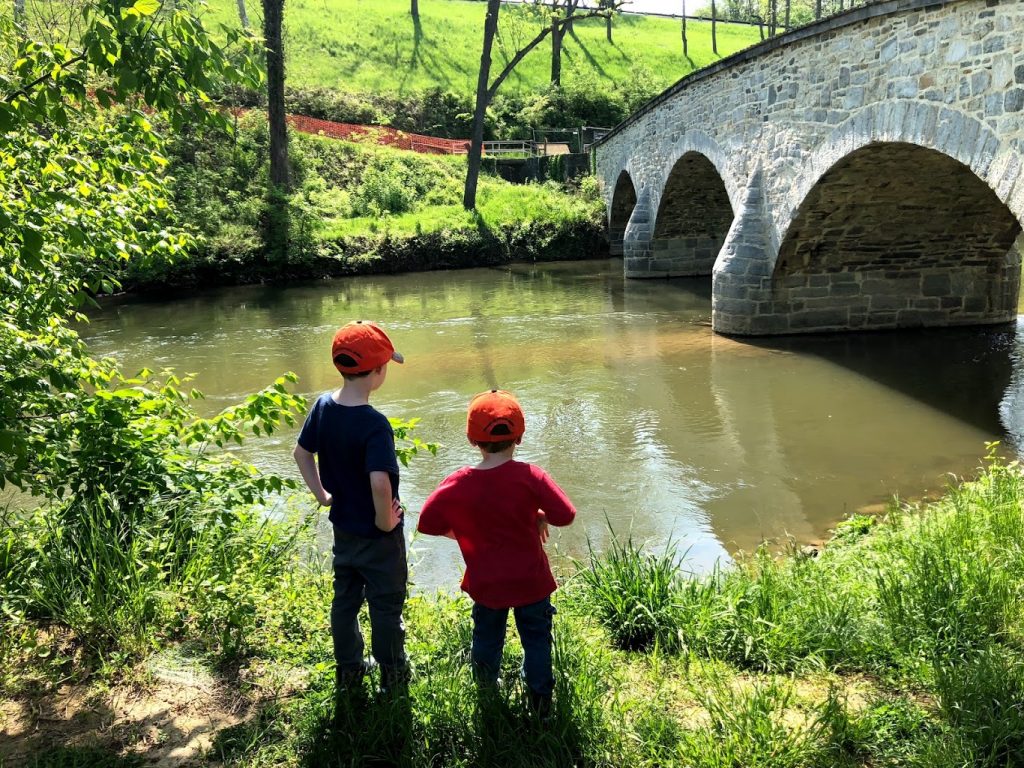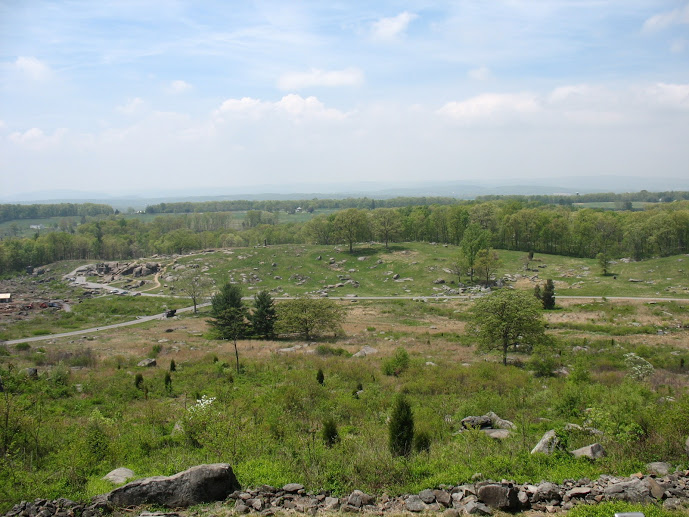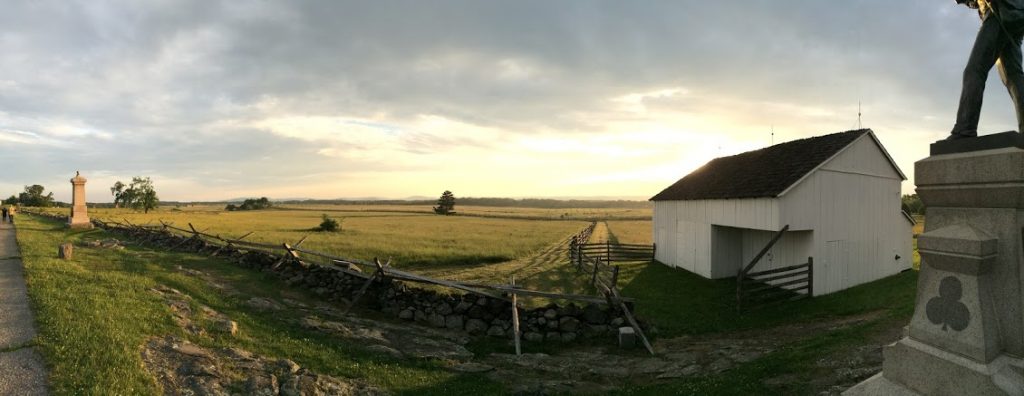Battlefield Visits: Small Fights in Northern Virginia
Three years ago today, I took my boys on a day trip to Northern Virginia to check out some battlefields that we’d never seen before. It turned out to be a really cool experience and set many of our road trip traditions. Let’s dive in to the battlefields!
Battle of Aldie – Civil War Battlefield #34
One of the gaping holes in my list of battlefields had been the three cavalry actions that led up to the Battle of Gettysburg, so they were the fields I wanted to see most on this trip. Aldie was the first of these small battles, and I wrote a post about it a few years ago.
Aldie is a VERY small town. There is a cool-looking mill there, though it was closed when we visited. The fighting took place west of town, and there are markers and waysides there that do a good job of explaining the action.
Battle of Middleburg – Civil War Battlefield #35
The second of those closely-clustered, pre-Gettysburg cavalry engagements, the Battle of Middleburg has also been covered before on this blog.
The town itself is quite nice. In fact, it is the kind of place where you pass polo fields on the way in. The center of town has a few boutique-type shops and restaurants. It really seems like the kind of place that you could have as a destination with your significant other.
On the downside, I couldn’t find any signs discussing the battle action. It turns out of course that I just wasn’t looking in the right place. I’ll be making a return trip to the area one of these days.
Battle of Upperville – Civil War Battlefield #36
The third and largest of the cavalry engagements I wanted to see was the Battle of Upperville.
The fighting took place east of the town in a large, bowl-like area. It’s quite pretty there. The Goose Creek bridge is well-preserved and serves as the visual hallmark of the battlefield. A small park on Vineyard Hill has a wayside explaining the action and a great view.
Battle of Thoroughfare Gap – Civil War Battlefield #37
One of the actions leading up to the Second Battle of Manassas, the Battle of Thoroughfare Gap took place in the area where modern-day Interstate 66 crosses the Bull Run mountains.
There is not much here – a few roadside markers sit beside State Route 55 near the Broad Run Post Office and across the highway from the Chapman’s Mill ruins.
Battle of Buckland Mills – Civil War Battlefield #38
Not much of the field for the Battle of Buckland Mills is accessible though the Civil War Trust bought up some land here. It appears to be in a decent state of preservation. A small portion of the mill town still exists as well.
There is a marker explaining the battle along a small road right off of US 15 / 29 near Manassas. George Armstrong Custer fought here, which seems to account for at least some interest among history buffs.
Battle of Bristoe Station – Civil War Battlefield #39
The largest and best-preserved of the fields I saw that day was for the Battle of Bristoe Station. This was one of those forgotten battles (along with Mine Run) that took place in the autumn after Gettysburg. This offensive movement by the Confederates resulted in a small Union victory.
A park has been created out of the preserved land and it appears to be well-used by the community. There is also an audio tour that can be followed from your cell phone, and it really helps to explain Bristoe Station and the other area actions that led up to it. Since that first trip, I’ve been back to Bristoe Station a couple times and it is always nice.
